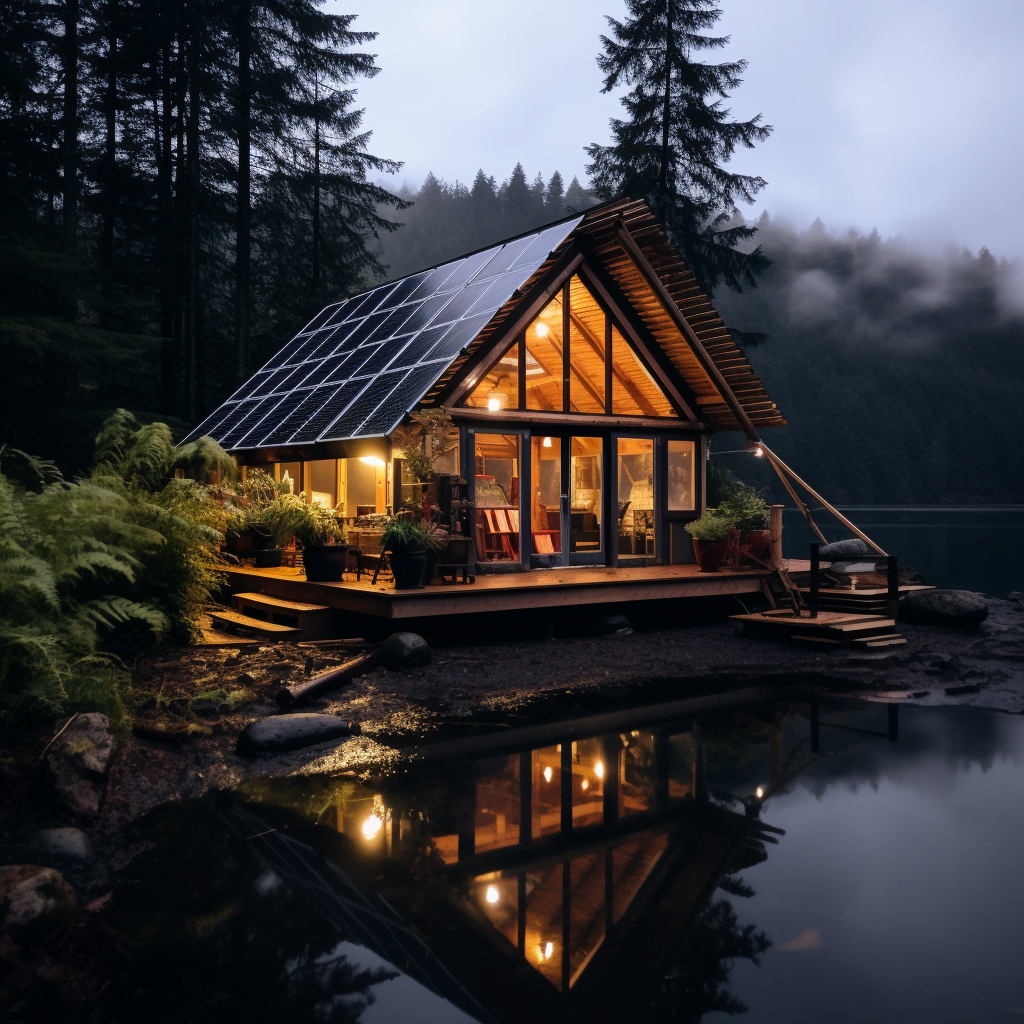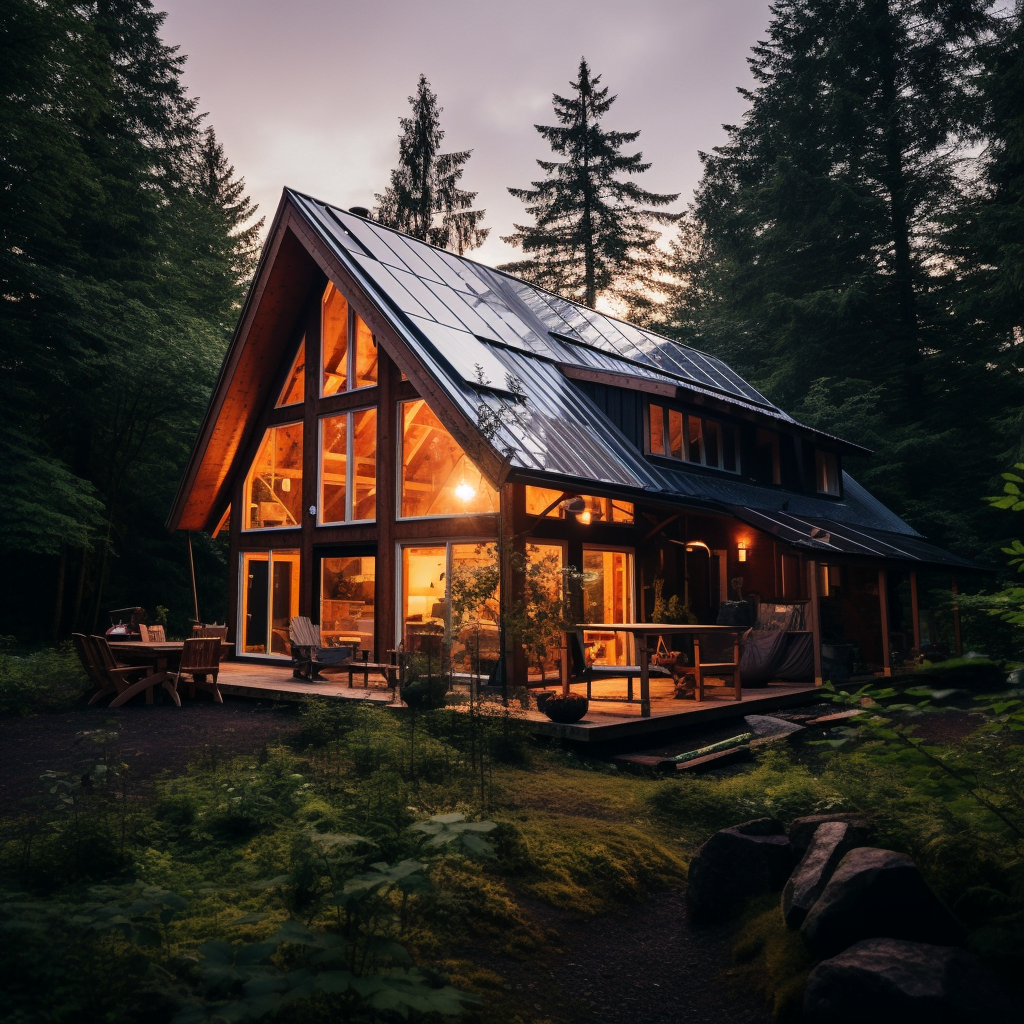Introduction
Embark on a journey towards sustainable living with our guide on how to do off-grid plumbing. This article provides a comprehensive overview of creating a self-sufficient plumbing system, utilizing alternative water sources, and implementing eco-friendly waste management. Whether you’re a seasoned off-grid enthusiast or a newcomer, you’ll discover valuable insights and practical tips to efficiently manage water and waste in remote settings, paving the way for a greener, more sustainable lifestyle.
Understanding Off-grid Plumbing
Off-grid plumbing is all about relying on alternative sources, conserving water, and managing waste sustainably.
Sources of water can include rainwater collection, lakes, rivers, and springs. Purification and filtration systems are needed to ensure water is safe for consumption.
To reduce usage, efficient fixtures like low-flow showerheads and toilets can be employed. Graywater recycling systems are also available for reusing wastewater.
Waste management techniques such as composting toilets or septic tanks help process human waste without polluting the environment.
John Smith, a passionate off-grid enthusiast, is a great example. He designed an advanced rainwater harvesting system that provides all his household needs. His commitment to sustainable living is inspiring for those looking to venture into the off-grid lifestyle.
Essential Tools for Off-grid Plumbing
Off-grid plumbing requires a specific set of tools for efficient and effective systems. Here are the essentials:
- Pipe Wrench: Perfect for gripping and turning pipes.
- Adjustable Wrench: Tightening or loosening nuts and bolts in tight spaces.
- Plunger: Necessary for unclogging drains and toilets.
- Pipe Cutter: Ensures clean, precise cuts without pipe damage.
- Teflon Tape: Seals threaded pipe connections and resists water/chemicals.
- Propane Torch: For melting solder and creating strong joints with copper pipes.
Safety equipment is also essential: gloves, safety goggles, and ear protection. Plus, for projects involving well pumps or septic tanks, you may need a pump pressure gauge and septic tank risers.
Did you know the EPA states an average person uses 80-100 gallons of water per day? Having the right tools for off-grid plumbing can make all the difference for water efficiency and sustainability in remote areas. So, get ready to make your pipe dreams come true without flushing your money away!
Planning Your Off-grid Plumbing System
Planning an off-grid plumbing system is essential. Think about water source, storage capacity and distribution methods to create a reliable system. Here’s a breakdown of the key aspects:
- Water Source: Identify available sources, like wells, rainwater collection, and natural springs. Assess their reliability and water quality.
- Storage Capacity: Estimate daily water consumption and select storage solutions, e.g. tanks and cisterns. Make sure you have enough capacity for emergencies or dry spells.
- Distribution Methods: Decide how to distribute water through your property. This could include gravity-fed systems, pumps, or solar-powered solutions.
- Filtration and Treatment: Consider filtration and treatment systems to ensure clean drinking water. Research different options based on effectiveness and maintenance requirements.
Check local regulations or permits needed for the system. Explore eco-friendly alternatives like composting toilets. Did you know? In Queensland, Australia, plumbers need specialized training in sustainable plumbing techniques.
By planning an off-grid plumbing system, you can be self-sufficient and reduce your environmental footprint. Get your hands dirty and install the components – nothing says ‘self-sufficiency’ like surviving the zombie apocalypse!

Installing Off-grid Plumbing Components
- Assess your water needs to determine what components you need.
- Get the right tools and materials, such as wrenches, pipe cutters, PVC glue, and pipe fittings.
- Start by installing the main water source. Connect and secure any pipes or hoses.
- Then, install the distribution lines that will carry water. Use insulation techniques to prevent freezing.
- Install fixtures and appliances such as sinks, toilets, and showers. Make sure to seal them properly.
- Test the plumbing system and adjust or repair as necessary.
- Remember to consider factors such as water filtration, maintenance, and backup power sources.
- Seek professional help if needed.
- Take action now to enjoy off-grid living.
- Enjoy troubleshooting leaks and avoiding alligators!
Maintaining and Troubleshooting Off-grid Plumbing System
Stay on top of your off-grid plumbing! Here are some important maintenance tips:
- Inspect all pipes for leaks or damage.
- Clean and maintain water filters.
- Check water pressure and adjust as needed.
- Test pumps and valves regularly.
- Keep a backup supply of parts.
- Educate yourself on your system to troubleshoot unique issues.
In 1978, a Rocky Mountain community faced a severe drought with no public water. They built their own plumbing system. Through trial and error, they learned how to maintain and troubleshoot it. Even after the drought ended, their system kept running!
Off-grid dwellers know best how to save water. It’s like they’re doing synchronized swimming in a desert!
Tips for Water Conservation in Off-grid Living
Jane took on the challenge of off-grid living in a remote area. To conserve water, she used low-flow faucets, showerheads, and toilets. She also set up rainwater harvesting systems. Plus, she recycled greywater from her washing machine, sinks, and showers.
To make it even more sustainable, Jane installed a composting toilet system. This used little to no water. Her practices were so inspiring that her neighbors followed suit.
It’s important to remember safety when doing DIY plumbing projects. Otherwise, it could become a plumbing nightmare.
Safety Considerations for Off-grid Plumbing Projects
Safety is key for off-grid plumbing projects. Wear protective gear like gloves, goggles, and the right clothing. Keep a first aid kit nearby. Check ventilation to avoid toxic fumes. Know how the system works; label pipes and valves. Inspect and maintain regularly. Ensure water quality with filtration and testing. That way, health risks can be minimized.




